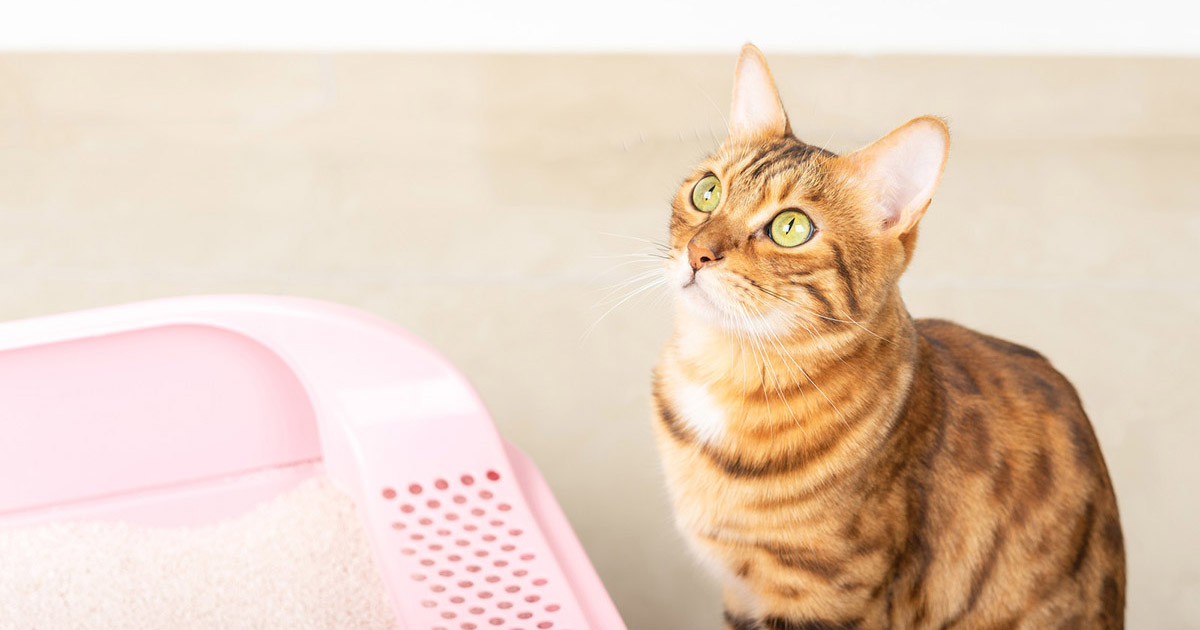The Consequences of Flushing Animal Waste Down the Toilet
The Consequences of Flushing Animal Waste Down the Toilet
Blog Article
Here down the page you can get a bunch of amazing additional info with regards to Why you should never flush dog poop down the toilet.

When it involves taking care of waste, particularly animal waste, lots of people commonly resort to the practical option of flushing it down the bathroom. Nonetheless, this relatively very easy option can have major repercussions for the environment and public health. In this post, we'll discover why flushing pet waste down the toilet is a negative idea and supply alternate methods for proper disposal.
Introduction
Correct waste disposal is critical for preserving environmental sustainability and public health. While it might seem harmless to purge animal waste down the commode, it can bring about different problems, both for the setting and human health.
Dangers of flushing animal waste
Environmental influence
Flushing animal waste presents hazardous microorganisms and microorganisms right into waterways, which can adversely affect marine ecosystems. These virus can contaminate water sources and injury marine life, interfering with delicate environments.
Public health concerns
Pet waste contains damaging microorganisms such as E. coli and Salmonella, which can position severe wellness threats to people. Flushing animal waste down the bathroom can infect water supplies, leading to the spread of conditions and infections.
Alternatives to flushing
Rather than flushing pet waste down the toilet, there are several alternate disposal approaches that are extra eco-friendly and hygienic.
Composting
Composting animal waste is a green way to dispose of it. By composting, organic matter is broken down into nutrient-rich dirt, which can be made use of to fertilize yards and plants.
Landfill disposal
Dealing with animal waste in a garbage dump is another alternative. While not as eco-friendly as composting, it is a safer choice to flushing, as it prevents the contamination of water resources.
Pet dog garbage disposal systems
There are specific family pet waste disposal systems offered that safely and hygienically throw away pet waste. These systems often use enzymes to break down waste and get rid of odors.
Steps to correct animal waste disposal
To make sure correct disposal of animal waste, follow these actions:
Scooping and getting waste
On a regular basis scoop and bag animal waste using naturally degradable bags. This avoids waste from contaminating the setting.
Using marked waste containers
Dispose of bagged animal waste in assigned waste containers, such as garden compost containers or garbage dump containers. Prevent flushing it down the commode in all costs.
Cleansing litter boxes and animal locations routinely
Frequently clean can and family pet locations to prevent the accumulation of waste and bacteria. Use pet-safe cleaning products to preserve health.
Benefits of appropriate disposal methods
Adopting appropriate disposal methods for pet waste provides a number of advantages:
Decreased environmental pollution
Correct disposal approaches reduce the risk of environmental pollution, shielding waterways and ecological communities from contamination
Reduced risk of water contamination.
By avoiding flushing pet waste down the website toilet, the danger of water contamination is significantly minimized, securing public health.
Improved sanitation and hygiene
Appropriate disposal methods advertise far better cleanliness and health, developing a more secure atmosphere for both people and pets.
Conclusion
Finally, purging animal waste down the bathroom is unsafe to the environment and public health. By embracing alternate disposal methods and adhering to proper waste management practices, we can reduce the unfavorable impact of pet waste and add to a cleaner, much healthier world.
What To Do With Dog Poo – The Do's And Don'ts Of Disposing Of Faeces
Dog poo bins
Some councils provide dedicated dog waste bins in popular dog-walking areas that can take dog poo that has been bagged but you can legally dispose of dog waste in any public litter bin, as long as it is securely bagged. This also applies to your wheelie bin at home.
Do not flush
Water companies do not recommend flushing dog faeces down the toilet because certain parasites can survive the water processing treatment and are potentially harmful to humans. You should also never consider flushing dog poo that has been bagged down the toilet as the bags will not break down and instead create severe blockages in the sewage system.
In the woods
The Forestry Commission promotes a ‘stick and flick’ method for dealing with waste in the woods. This means finding a stick and using it to flick any poo from off the path so that it is out of the way of other walkers. You could also bury it as long as it is not in an area where there might be livestock.
Livestock
Parasites found in dog poo can be transmitted to livestock if they inadvertently eat infected faeces that has been left on grazing land. This could result in the death of sheep or abortion in cattle so you should always make sure you pick up your dog’s waste in fields where livestock could be present.

Frequently clean can and family pet locations to prevent the accumulation of waste and bacteria. Use pet-safe cleaning products to preserve health.
Benefits of appropriate disposal methods
Adopting appropriate disposal methods for pet waste provides a number of advantages:
Decreased environmental pollution
Correct disposal approaches reduce the risk of environmental pollution, shielding waterways and ecological communities from contamination
Reduced risk of water contamination.
By avoiding flushing pet waste down the website toilet, the danger of water contamination is significantly minimized, securing public health.
Improved sanitation and hygiene
Appropriate disposal methods advertise far better cleanliness and health, developing a more secure atmosphere for both people and pets.
Conclusion
Finally, purging animal waste down the bathroom is unsafe to the environment and public health. By embracing alternate disposal methods and adhering to proper waste management practices, we can reduce the unfavorable impact of pet waste and add to a cleaner, much healthier world.
What To Do With Dog Poo – The Do's And Don'ts Of Disposing Of Faeces
Dog poo bins
Some councils provide dedicated dog waste bins in popular dog-walking areas that can take dog poo that has been bagged but you can legally dispose of dog waste in any public litter bin, as long as it is securely bagged. This also applies to your wheelie bin at home.
Do not flush
Water companies do not recommend flushing dog faeces down the toilet because certain parasites can survive the water processing treatment and are potentially harmful to humans. You should also never consider flushing dog poo that has been bagged down the toilet as the bags will not break down and instead create severe blockages in the sewage system.
In the woods
The Forestry Commission promotes a ‘stick and flick’ method for dealing with waste in the woods. This means finding a stick and using it to flick any poo from off the path so that it is out of the way of other walkers. You could also bury it as long as it is not in an area where there might be livestock.
Livestock
Parasites found in dog poo can be transmitted to livestock if they inadvertently eat infected faeces that has been left on grazing land. This could result in the death of sheep or abortion in cattle so you should always make sure you pick up your dog’s waste in fields where livestock could be present.

Do you appreciate reading about 10 Things You Should Never Flush Down The Toilet? Try to leave a short review down the page. We'd be delighted to listen to your responses about this blog entry. Hoping that you visit us again before long. Are you aware of another person who is truly interested in 4 Reasons Why Dog Poop Cleanup is Important? Please feel free to promote it. I recognize the value of your readership.
Get Quote Now Report this page